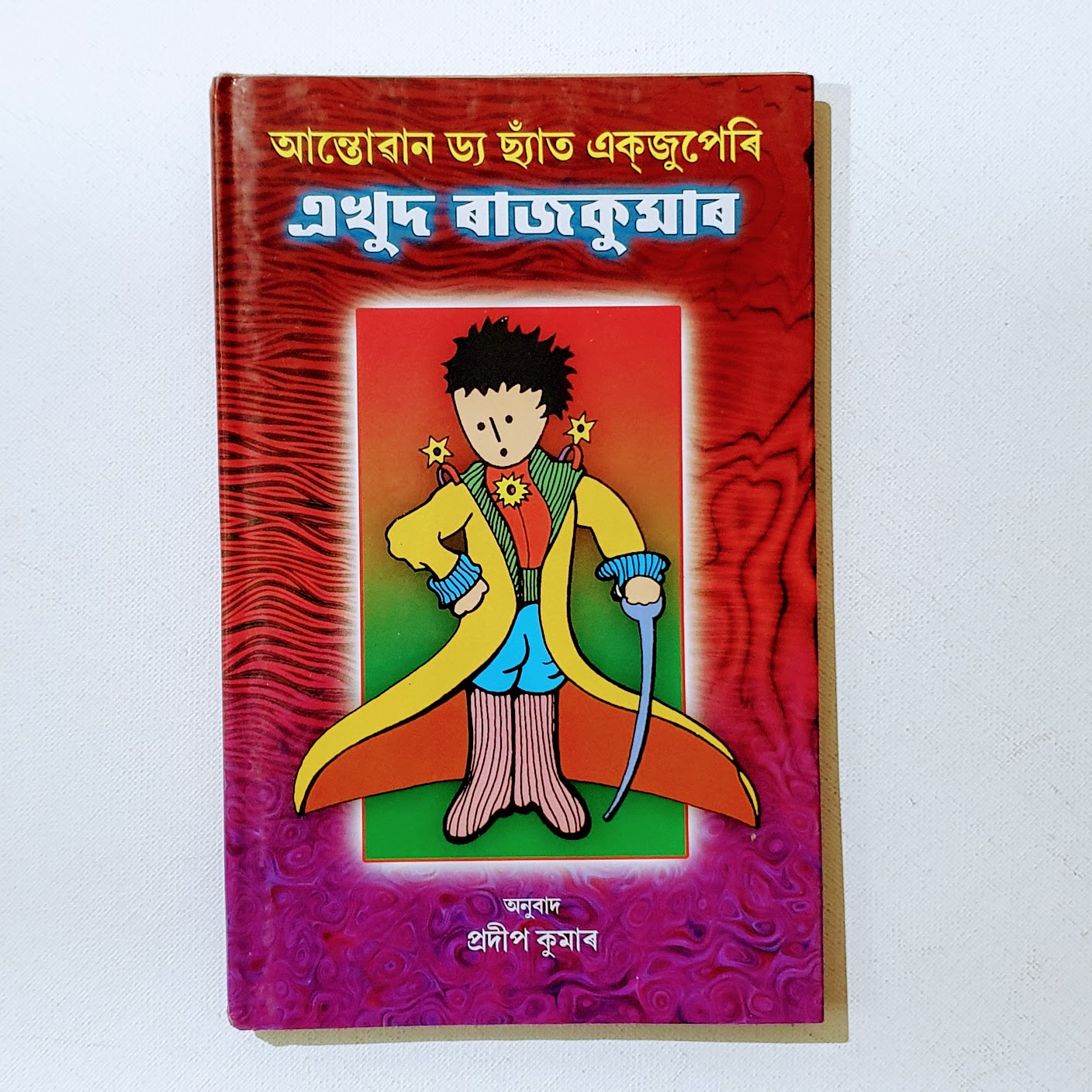
এখুদ ৰাজকুমাৰ (Ekhud Rajkumar) — in Assamese.
Assamese, also known as Asamiya, is an Indo-Aryan language spoken primarily in the state of Assam, India, where it is the official language. It is also spoken in parts of Arunachal Pradesh and Nagaland. Assamese has its roots in the Old Indo-Aryan languages, with influences from Austroasiatic, Tibeto-Burman, and Tai languages due to Assam’s diverse ethnic and linguistic landscape.
Assamese developed from the Eastern Magadhi Apabhramsha and had significant influence from the Kamarupi Prakrit, spoken in the ancient Kamarupa Kingdom (modern Assam). It has a rich literary heritage that dates back to the early Assamese (ancient Kamarupi) literature of the Charyapada, a collection of mystical poems from the 8th to 12th centuries.
Assamese is written in the Assamese script, which evolved from the ancient Kamarupi script around the 13th century. It is a part of the Brahmic family of scripts and closely resembles the Bengali and Oriya scripts.
The language has a series of vowels and diphthongs, and its consonant inventory includes aspirated and unaspirated stops, nasals, fricatives, and approximants. Assamese phonology is notable for its use of the “voiceless velar fricative” (like the “ch” in Scottish “loch”).
Assamese grammar features a subject-object-verb (SOV) word order. It inflects nouns for case, number, and gender (though gender is not as prominently marked as in some Indo-Aryan languages). Verbs are modified for tense, aspect, mood, and person.


